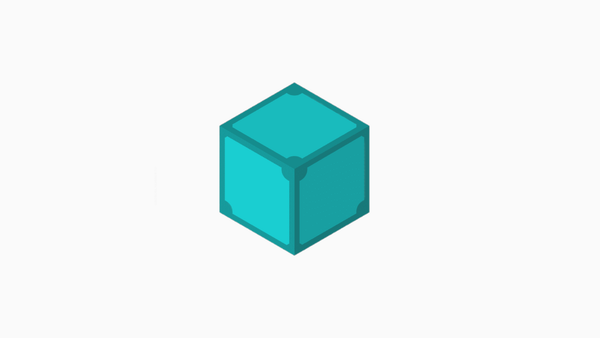Docker Explained

Docker is a computer program that performs operating-system-level virtualization, also known as “containerization” It was first released in 2013 and is developed by Docker, Inc.
Docker enables multiple containers to run on a single host, sharing resources such as CPU, memory, and storage. In addition, containers are isolated and don’t interfere with the host’s operation.
docker run: How to create and run a Docker container
In computing, Docker is a software containerization platform. It enables applications to be packaged into self-contained units for deployment. Containers are isolated from one another and the host machine but share CPU, memory, and disk space resources. Docker is designed to make it easier to create, deploy, and run applications using containers.
Docker can be installed on a Linux system or Windows 10 Anniversary Update. To install Docker on a Linux system, use the following commands:
sudo apt-get update Sudo apt-get install docker.io
To install Docker on Windows 10 Anniversary Update, follow the instructions at https://docs.docker.com/engine/installation/windows/.
Once Docker is installed, you can start using it by running the docker command in a terminal or PowerShell window.
Images: What they are and how to use them
Images are a way of packaging software in Docker. Images are created with a “Dockerfile,” which contains instructions for making the image. Images can be used to create containers or share them with others.
When you create an image, you specify what software is included. You can also determine what environment variables are set and what commands are run when the image is started. This allows you to create images that are tailored to your specific needs.
You can share your images with others by publishing them on Docker Hub or by sharing the Dockerfile used to create the image.
Volumes: What they are and how to use them
Volumes are an important part of Docker and are key to how you can use Docker to manage your application life cycle. In Docker, a volume is a named block of storage isolated from the rest of the host system. Volumes can be used to store files or to mount directories. Docker creates a new block device on the host system when you create a new volume.
Volumes are significant for data that must persist even when containers are deleted. For example, you can use volumes to store application logs, configuration files, or user-generated content. You can also use volumes to share data between containers. By default, when you start a container, any files in the container’s working directory are deleted. Therefore, if you want to keep any files in the container’s working directory, you need to copy them out of the container and into a volume.
Networks: What they are and how to use them
Networks are an important part of Docker. They allow containers to communicate with each other and the outside world. In Docker, networks are created by creating a network namespace. This is done by using the command “net ns” followed by the network’s name. Networks can isolate containers from each other or provide them with access to external resources. Three types of networks can be created: bridge, host, and overlay.
Bridge networks allow containers on different hosts to communicate with each other. The bridge interface is created on every host and provides a common communication path between all the containers on the network. Containers on a bridge network can also access external resources, such as the internet if they are attached to the same bridge interface as the host machine.
Final Thought
Docker is a powerful tool that revolutionizes the software development industry. It can make software development easier and faster, which could lead to increased efficiency and productivity in the industry.
Additionally, Docker has already started to be adopted by major companies, indicating that its popularity will only continue to grow in the future. As a result, developers who want to stay ahead of the curve should learn how to use Docker.




